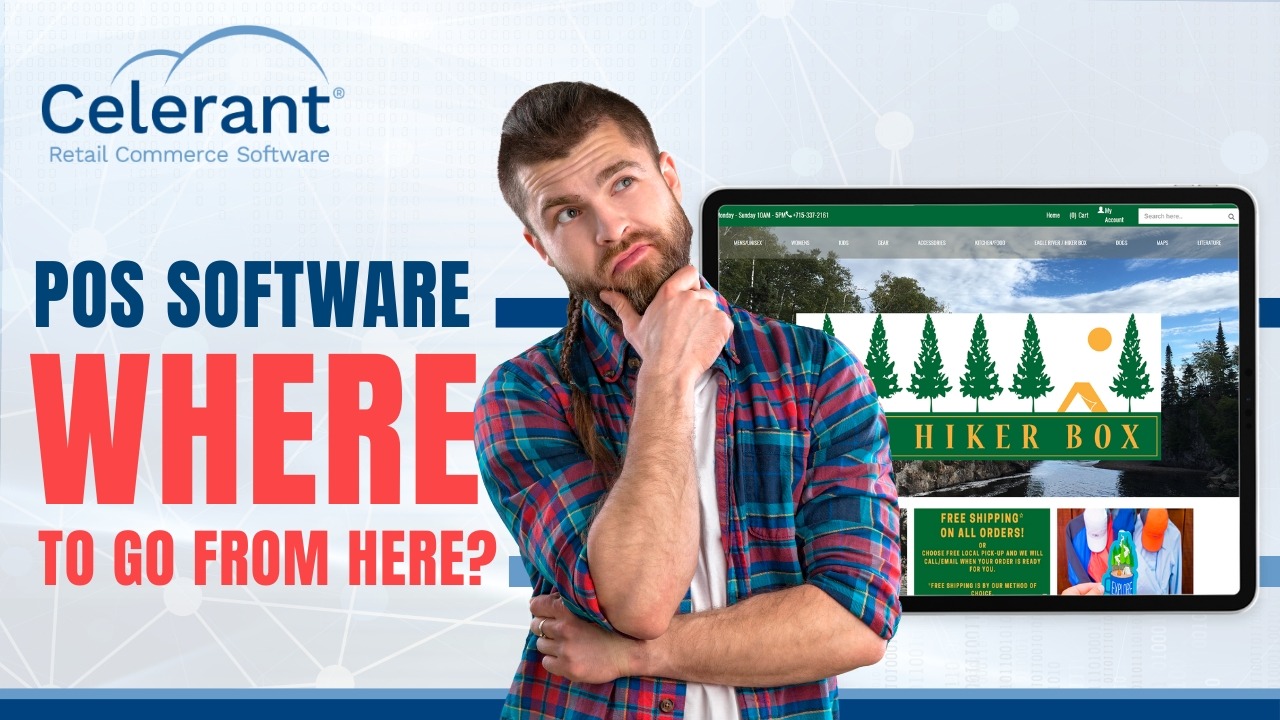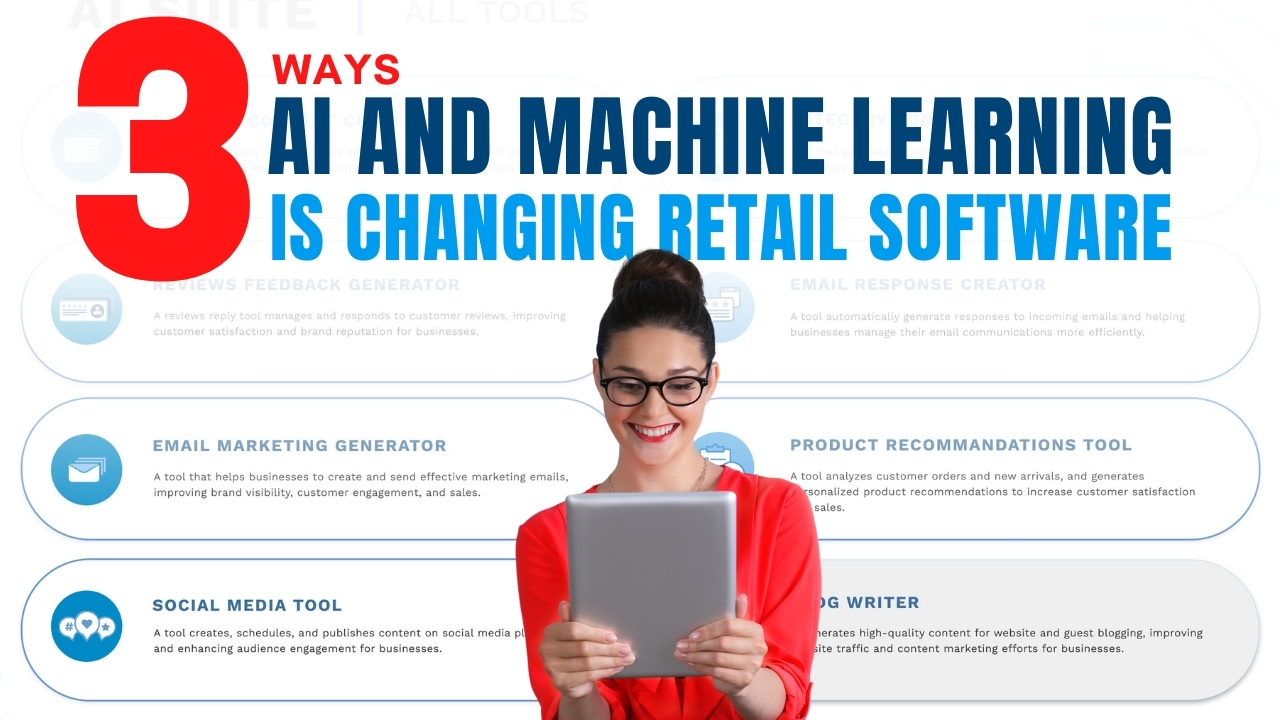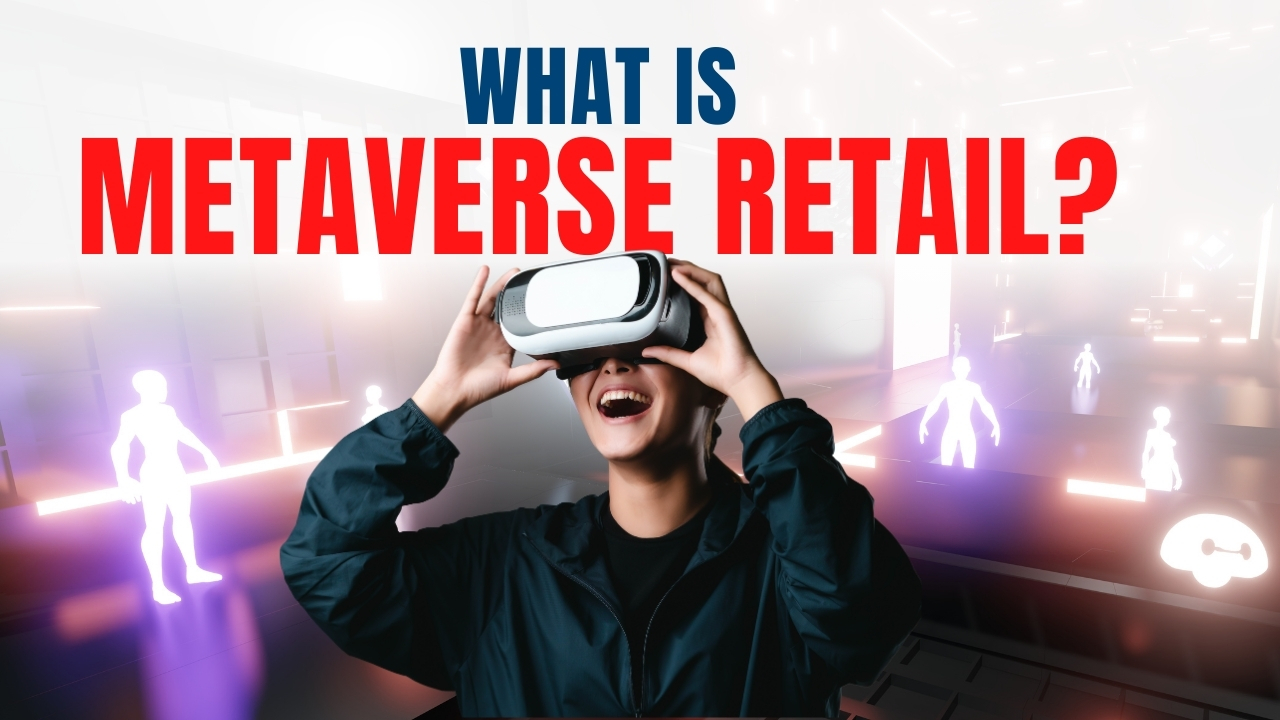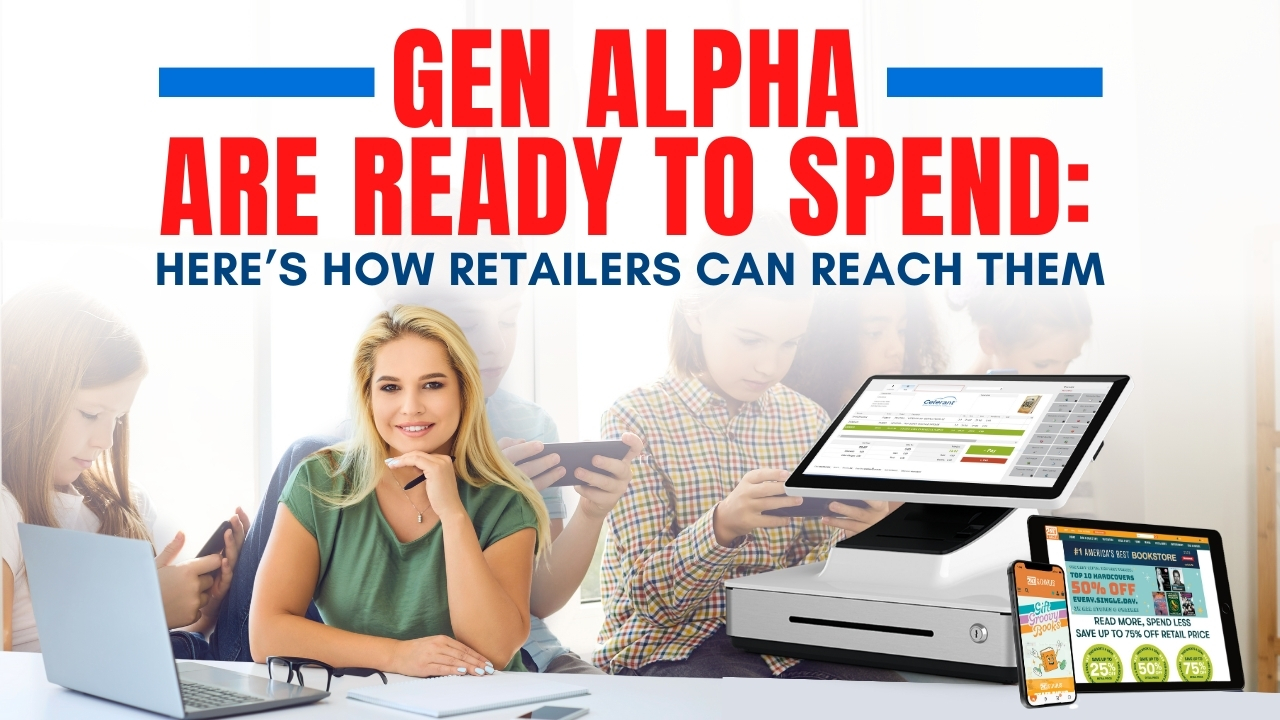Blog

A Q&A by RIS News with Michele Salerno, Director of Sales and Marketing, Asst. VP, Celerant Technology Corp.
Shoppers today flow seamlessly between the online world and physical stores. Providing smooth transactions everywhere however, requires POS technology that can seamlessly meet demand, while simultaneously delivering associates consumer data across all physical and digital touchpoints. New POS software requires retailers to glimpse into their future and make sure their platform can support not just the digital evolution, but their own projected growth over at least a five-year horizon, which brings software scalability into question.
While future-proofing POS systems is important, so is maintaining or creating a single customer profile that follows them as they move between channels. Making personalized suggestions during the last mile of the shopper’s journey can drive sales. So can having accurate stock. Before visiting a store, shoppers want to know the item they’ve researched online is available and they aren’t wasting a trip. Accurate inventory management across all channels is vital to keep customers loyal. And of course, once in the store shoppers don’t want to waste time waiting in line. A POS that provides the same instant gratification that online shopping does is necessary, as is having unified commerce capabilities such as buy online and pickup (or return) in store, reserve online and pay in store, and ship-to-home. Read on to learn the latest on the future of POS software.
Q: What should retailers be looking for in scalability and expansion capabilities for new POS software?
Implementing a new POS platform can be a time consuming process that certainly yields big dividends when a legacy platform is failing to meet retailer needs. But it’s not something beneficial to engage in simply because a retailer outgrew its old software. The first thing retailers should do is look at projected growth over at least a five-year horizon and make sure to use a platform that will support it. That includes growth in all areas, not just adding new locations. For example, if a retailer thinks it will grow e-commerce, streamline inventory management, mine data to make merchandise decisions, integrate with vendor catalogs, start drop shipping orders, launch a marketing automation campaign, accept new digital forms of payment or enhance its loyalty program, then it makes sense to ensure that its POS platform will support this growth.
Q: What next-gen POS capabilities are required for retailers to capture customer data for use in loyalty and promotional programs?
Capturing customer data really eclipses POS and it is something that truly has to be looked at from an omnichannel perspective. Today’s consumers do not differentiate between channels and they expect retailers to understand their online behaviors and vice versa. Therefore, each customer should have a single profile that follows them as they move between channels. On the front-end, that means a single login that gives them access to all of their purchase and reward data. On the back-end, it means giving team members at the POS the ability to enter data on in-store behavior that will combine with online behavior to advise the most relevant customized promotional offers. Geolocation and facial recognition capabilities are emerging, but they aren’t quite there yet.
Q: How is the need to have visible and accurate inventory at associate and shoppers’ fingertips redefining the POS space?
It’s really revolutionizing it because consumers no longer have the patience to tolerate out-of-stocks. Many retailers are finding success in the “buy online, pick-up in-store” model, and that relies on real-time visibility into available inventory. Most retailers are aware that they are competing with online retailers that can provide free two-day shipping where inventory management is a non-issue. Any time a shopper enters a store and can’t find the desired merchandise it leads to the thought of “I should have just ordered it online and saved myself a trip.” It’s really impossible to overstate how vital accurate inventory management is for retailers and systems that update overnight are dinosaurs. It has to be real-time and it has to integrate all channels.
Q: How can POS software help retailers provide a seamless unified commerce experience?
It really boils down to visibility. That includes visibility into inventory, visibility into consumer records and behaviors, and visibility into sales data. The first two are self-explanatory, but monitoring sales data helps retailers understand what merchandise consumers are demanding right now. They can set minimum and maximum inventory numbers and automated ordering so top selling items are never out of stock and inventory isn’t bogged down with slow moving merchandise. POS also represents perhaps the biggest bottleneck in the retail experience and customers hate waiting in line or looking for a register. POS platforms that have fully functional mobile POS built-in allow retailers to arm every single team member with a tablet that can do everything a cash wrap can. This blends the convenience of online shopping with the instant gratification of POS and provides shoppers the experience they are looking for.
Retail Resources You May Be Interested In…
 Want to provide more personalized customer journeys and more profitable pricing? Consider Artificial… |





